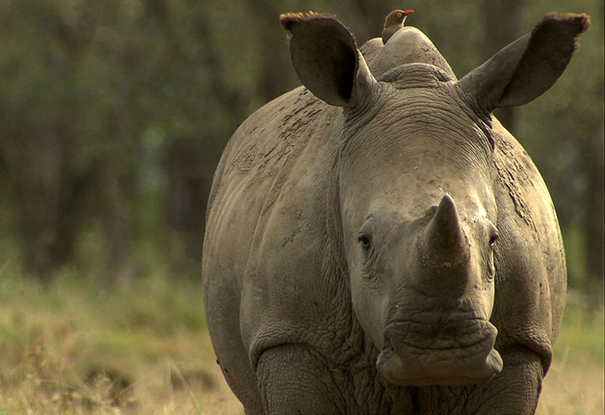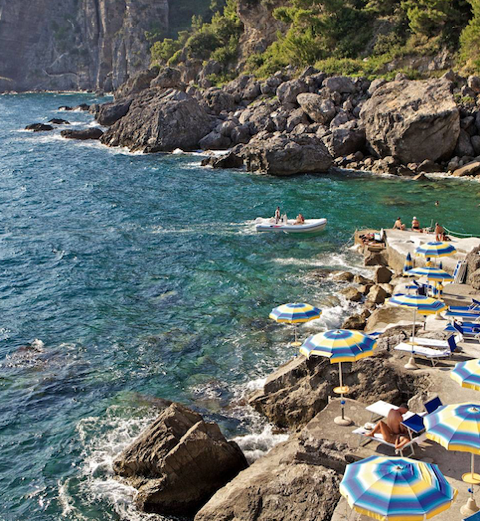You never forget the first time you see them, the white rhino that tranquilly grazes in silence. Its tipped head rises stoically, locking eyes with you on a sort of spiritual level as its majestic horn points to the sky. And yet it's that majestic horn that's resulting in its gruesome demise as poachers assault the species across eastern and southern Africa where it's estimated a rhino is killed every eight hours. And what a death it is, as poachers down the rhino with bullets and snares before wielding chainsaws and machetes to carve out as much of the horn as possible from its skull - all while the animal weeps in agony before bleeding-out for another eight to twelve hours before succumbing.
You would never know such horrors exist as you sip Chenin Blanc on a sundowner at Singita Lebombo or Royal Malewane - arguably two of the most luxurious lodges in Kruger National Park. With the largest concentration of African White Rhino, it's at Kruger that you are most likely to see these magnificent creatures in concentration - and also where poachers are most effective. Traveling under the cover of darkness, anywhere from 10-15 poachers are said to be active on any given night. They feed a demand for rhino horn from China, US and increasingly from Vietnam where many naively believe in its medicinal powers. Poachers can profit upwards of $50,000 from a single kill. Traveling in from neighboring Mozambique, where wages can hover under $1 per day, poachers come and go along a porous border preserved to aid the migration pattern of the Kruger's animals.
In nearby Sabi Sand Reserve, home to lodges like Virgin's Ulusaba, Singita Boulders and Londolozi, rhinos are injected with indelible dye that renders horn unfit for human consumption. In Namibia, that's home to Desert Rhino Camp and Africa's largest population of black rhino, the government has begun dehorning the entire population in a process that invasively removes the horn - but ultimately grows back in about four years time. Drones have also entered the war against poaching with promising results, as organizations like The Lindbergh Foundation spearhead programs like its Air Shepherd drones. With no shortage of conservation groups from AWF and IRF to Save the Rhino, tourism maybe the only pathway to survival. For without elevating the impoverished lives of those so desperate they would mutilate one of earth's greatest living creatures, there maybe no hope for Africa's rhinos.


